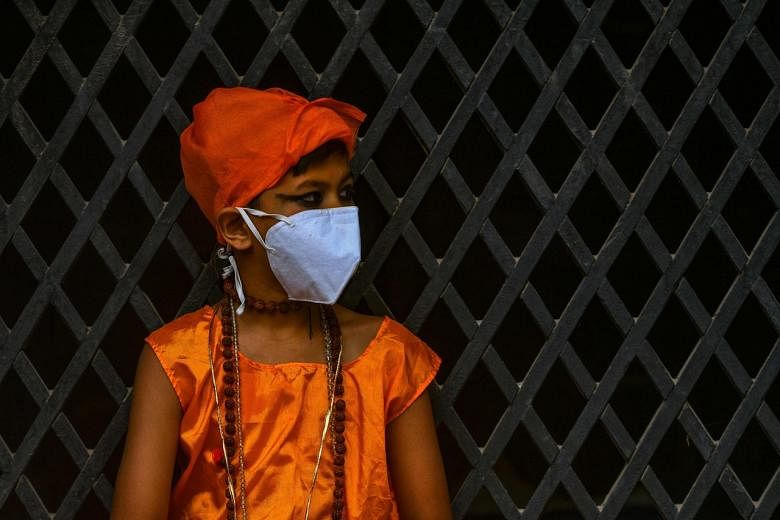KATHMANDU (THE KATHMANDU POST/ASIA NEWS NETWORK) - "Literacy is a bridge from misery to hope." As we observe another year of International Literacy Day (ILD), the words of former United Nations secretary-general Kofi Anan ring more accurate than ever.
We should take comfort from the ascending literacy rate in Nepal, which stood at 67.9 per cent as of 2018, although fraught with challenges, especially with the Covid-19 pandemic, which has unsettled the learning of children and adults alike. But, do we ever stop to ponder on the literacy rates of our country or have we categorised it as a passing afterthought?
The accepted definition is relatively shallow; reading and writing ability would allow a person to be counted as literate. However, the ever-changing landscape in which the world operates may soon deem the term outdated and defunct. The last two years has speeded up the dominance of the internet as a tool that has exhibited itself in all facets of our lives.
Be it trade, finance or education-the showcasing of strength by the digital world in its ability to challenge the existing status quo has been overwhelming, and those that resisted the new power were casually cast aside.
Lack of important literacy skills stops a person from progressing at every stage of their life. According to Unesco, at least 773 million youth and adults still cannot read and write, and 250 million children lack access to basic literacy.
In 2019, the Nepal government released a statement on the occasion of ILD emphasising its commitment to eradicate illiteracy within the next two years, but that is yet to happen. The pandemic brought with it unique challenges which were previously unseen.
Education in its entirety has been disrupted with pupils unable to attend physical classrooms, the fortunate few who could avail of laptops and computers managed to keep up with their learning; but the majority had to face the brunt borne out of the pandemic.
The digital world is here to stay, and Nepal needs to step up its efforts to accept the new reality. Internet penetration in Nepal remains low despite the Nepal Telecommunications Authority euphorically claiming an increase in internet users while the means to access the technology remains dismal for many in rural regions.
The gender divide, too, remains an issue the government agencies need to focus their attention on. As per data released by Unesco in 2018, male literacy in Nepal stands at 78.6 per cent, whereas female literacy is 59.7 per cent. Such disconcerting disparity in literacy rates should definitely attract the attention of the authorities at all levels. Blatant disregard for equity issues is inexcusable.
The pandemic has undoubtedly laid out numerous challenges before us. And largely, we as a nation have strived to meet those challenges with a bloodied nose. Literacy remains one area that will uplift and drive sustainable development in Nepal.
And thus, it is up to us to strive to meet the challenges presented in the area of education, not just in the traditional sense; but on overcoming the digital and gender divide as well.
- The Kathmandu Post is a member of The Straits Times media partner Asia News Network, an alliance of 23 news media organisations.

